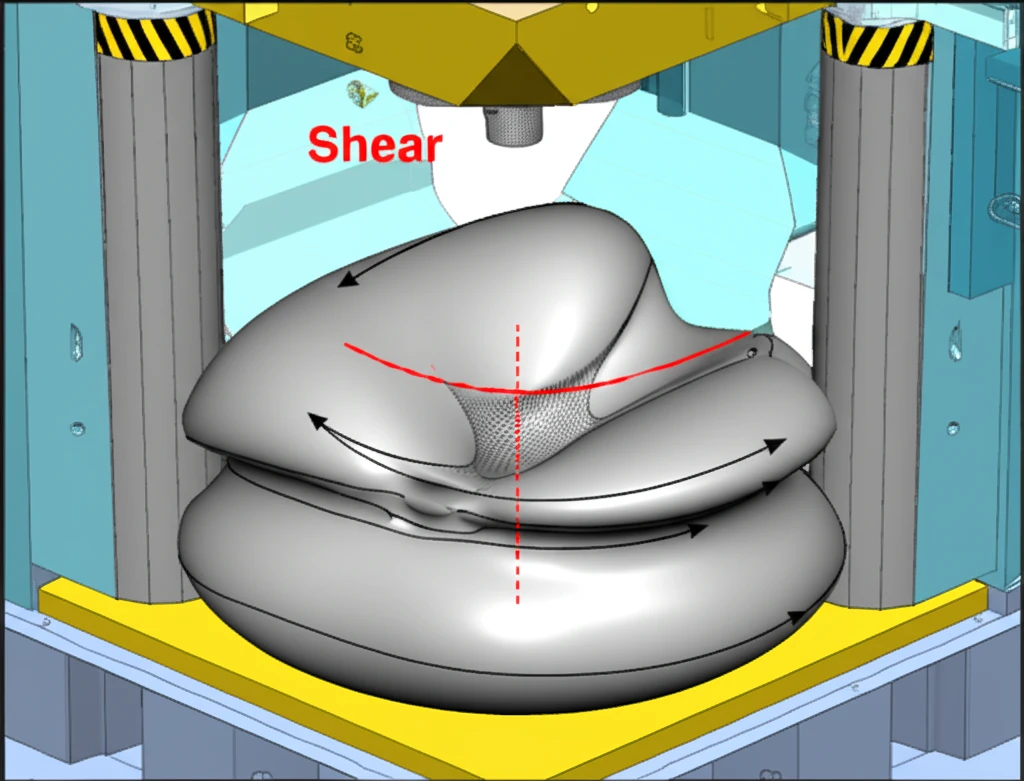
Beyond the Barrel: How a New Model is Revolutionizing Compression Testing
"Unlocking Material Secrets with Advanced Kinematic Solutions"
Imagine trying to understand how a building will stand strong against wind and earthquakes. Material scientists face similar challenges when predicting how materials will behave under extreme stress. One common method is the barrel compression test (BCT), used to design everything from car parts to aircraft wings. The challenge? Traditional models, particularly the cylindrical profile model (CPM), often fall short, providing an incomplete picture of material behavior due to their inability to accurately capture shear deformation.
Enter the Exponential Profile Model (EPM), a new kinematic model poised to revolutionize compression testing. Developed to address the shortcomings of CPM, EPM offers a more realistic representation of material deformation under combined compression and shear. This means more accurate material characterization, which translates to safer, more efficient engineering designs.
This article dives into the mechanics of EPM, comparing it against traditional CPM methods and showcasing its potential to unlock new insights into material properties. Learn how EPM is setting the stage for a new era in material science.
The Problem with Cylinders: Why Traditional Models Fail

The cylindrical profile model (CPM) simplifies compression testing by assuming the material deforms uniformly, maintaining a cylindrical shape. This is a useful approximation, but it omits a crucial aspect of real-world deformation: shear. As material compresses, it bulges outwards, creating a barrel shape, and this barreling effect introduces shear forces that CPM ignores.
- Inaccurate Data: CPM struggles to accurately convert test measurements into reliable flow data, leading to uncertainties in material characterization.
- Unrealistic Strain Estimation: The model provides an unrealistic estimation of strain and strain rate, especially critical given how strain influences material behavior.
- Limited Scope: CPM's inability to represent multi-axial deformation restricts its usefulness in complex forming processes.
- Control Issues: BCT machines are unable to maintain a uniform strain rate deformation scenario using CPM.
EPM: A New Era in Material Testing
The Exponential Profile Model is not just a theoretical advancement; it's a practical tool with the potential to significantly improve material testing and characterization. By accounting for shear deformation, EPM provides a more realistic and accurate representation of material behavior, leading to better designs, safer products, and a deeper understanding of the materials that shape our world. As material science continues to evolve, models like EPM will be at the forefront, driving innovation and progress.
